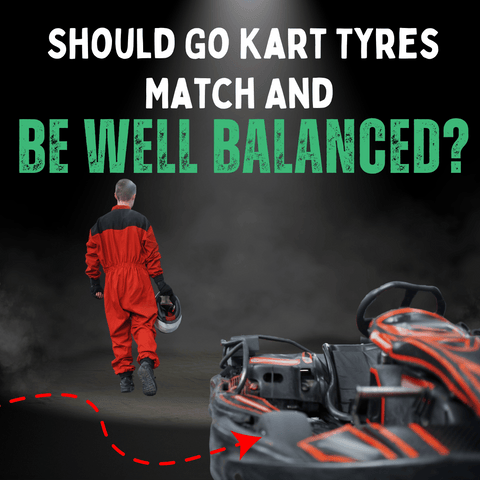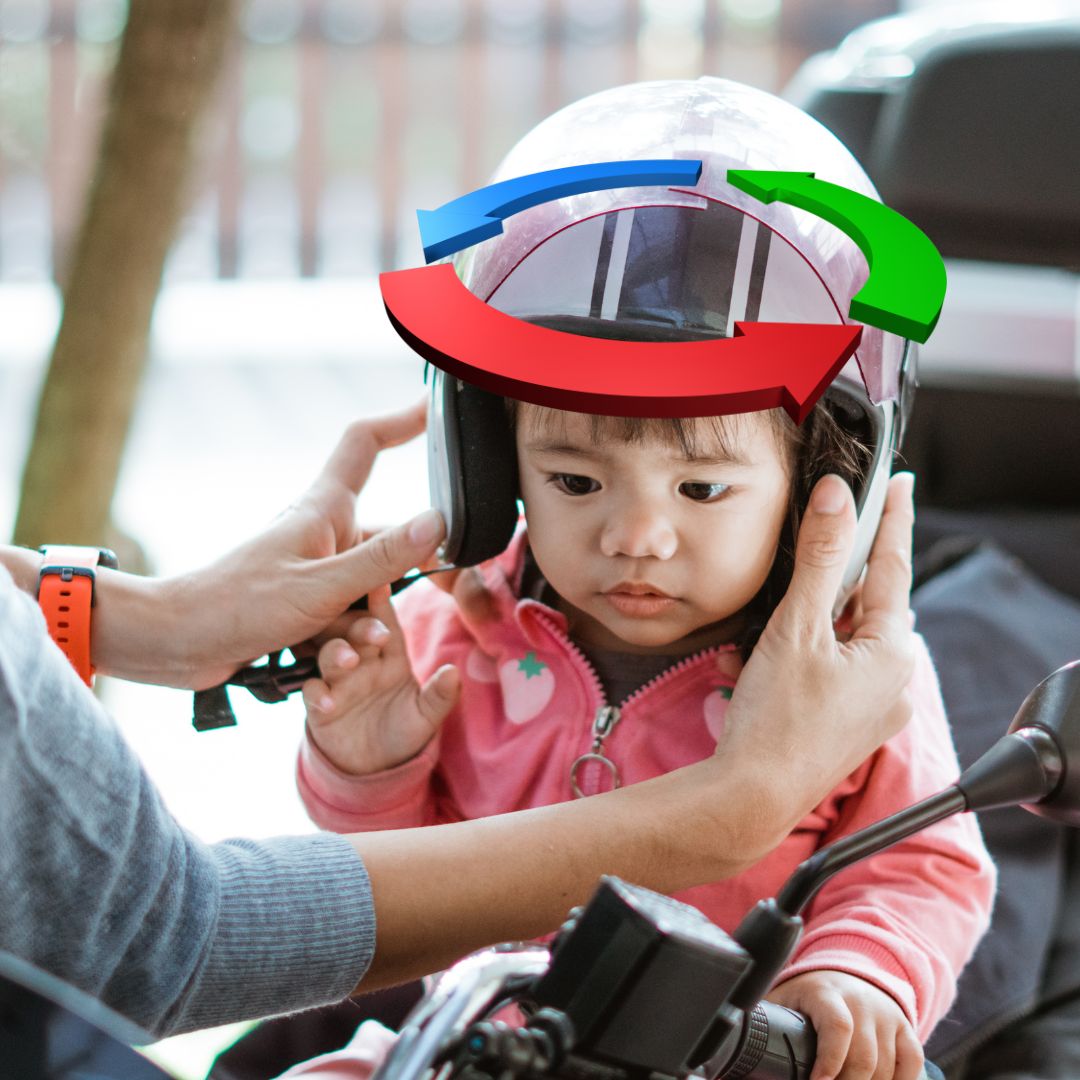Updated: 14.4.25
Ever felt like your go-kart just isn’t hugging corners like it used to? Or maybe it’s not hitting top speed despite all the upgrades?

It might not be your engine — it could be your tyres.
Tyres that aren’t matched or properly balanced can seriously affect your kart’s speed, handling, and control. But the good news is, with the right know-how, you can fix it.
This guide will walk you through why tyre matching and balancing matters, how to do it, and what types of tyres to consider for your kart.
Why Matching and Balancing Go-Kart Tyres Matters
Tyre balance directly impacts grip, cornering ability, and even top speed. A poorly balanced tyre creates vibration, uneven wear, and inconsistent contact with the track.
Want to get technical? Learn how go-kart tyre sizes play a role in balance, or dive into our Ultimate Tyre Resource.
Benefits of Proper Tyre Balance
- Maintains optimal grip and control on the track
- Promotes even tyre wear and longer lifespan
- Prevents performance loss at high speeds
- Improves safety and comfort
Steps to Balance Go-Kart Tyres
1. Clean the Tyres
Remove all dirt, debris, or excess rubber that might throw off the balance.
2. Mount Tyres Correctly
Ensure tyres are centred and properly seated on the wheel to avoid wobble during rotation.
3. Static Balancing
Use self-adhesive weights opposite the tyre’s heavy spot until it stays motionless when rotated slowly.
4. Dynamic Balancing
Use balance beads inside the tyre to adjust while the kart is in motion — especially helpful for racing applications.
5. Test and Fine-Tune
Take it for a spin and make minor adjustments as needed. Monitor how the kart feels on corners and straightaways.
Choosing the Right Tyres
Tyre Type
- Slicks: Max grip on dry, paved tracks
- Treaded: Better for off-road or wet conditions
- Racing: Soft compound for top performance
- Recreational: Harder compound for longevity
Brand Impact
Not all tyres are created equal. Some brands like Hoosier offer a range of compounds that affect balance and handling. Try not to mix brands or sizes unless you're tuning for specific handling quirks.
New to kart tyres? Start here: How Long Do Go-Kart Tyres Last?
Tyre Maintenance Tips
Check Tyre Pressure
Under- or over-inflated tyres affect grip, speed, and wear. Adjust pressure based on the track and weather conditions.
Inspect for Damage
Look for cracks, bald spots, and bulges. Rotate or replace tyres regularly to maintain even wear.
Warm-Up Laps
Want more grip off the start? Warm your tyres like the pros. Here’s how.
In Summary
Balancing and matching your go-kart tyres isn’t just for pros — it’s essential for anyone serious about kart performance. From smoother handling to improved longevity, the right tyres, correctly installed, make all the difference. Follow our step-by-step guide and feel the change on the track.
FAQs
What equipment is needed to balance go-kart tyres?
You’ll need a static or dynamic balancer, tyre weights or balance beads, and a tyre pressure gauge.
How often should tyres be balanced?
Check balance with each new tyre install, or after heavy impact or track changes. Racers should check more frequently.
What happens if tyres aren’t balanced?
Expect vibration, uneven wear, reduced control, and shorter tyre life.
Can I do it myself?
Yes, with the right tools and patience — or ask a local karting expert if you're unsure.
Additional Resources
- From Beginner to Pro: Enhancing Your Go-Kart Racing Performance
- Is Drifting a Kart Good for Speed?
- Do Go-Kart Tyres Have Tubes?
Shop Go-Karts
Get in Touch
Still have questions? Our team at RiiRoo.com is here to help!
Whether you're picking your first kart or tuning for a championship, we're happy to guide you.
Drop us a message via our Contact Page.





Share:
How Fast Does A Drift Kart Go?
Do Go-Karts Have Reverse? (HOW TO KNOW)